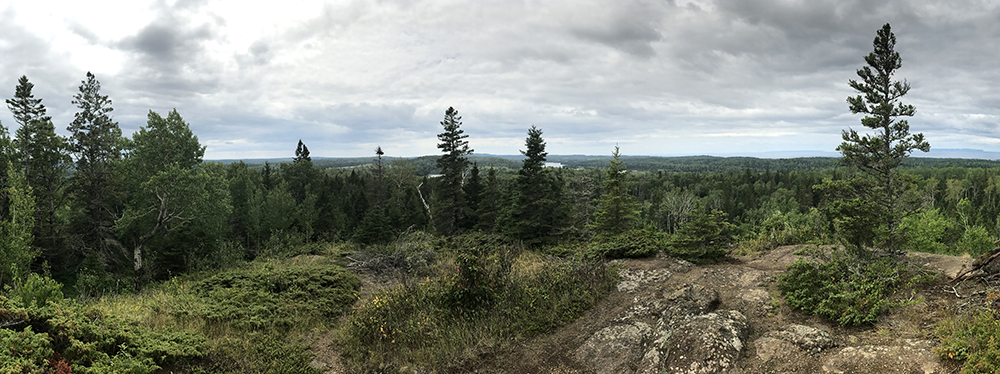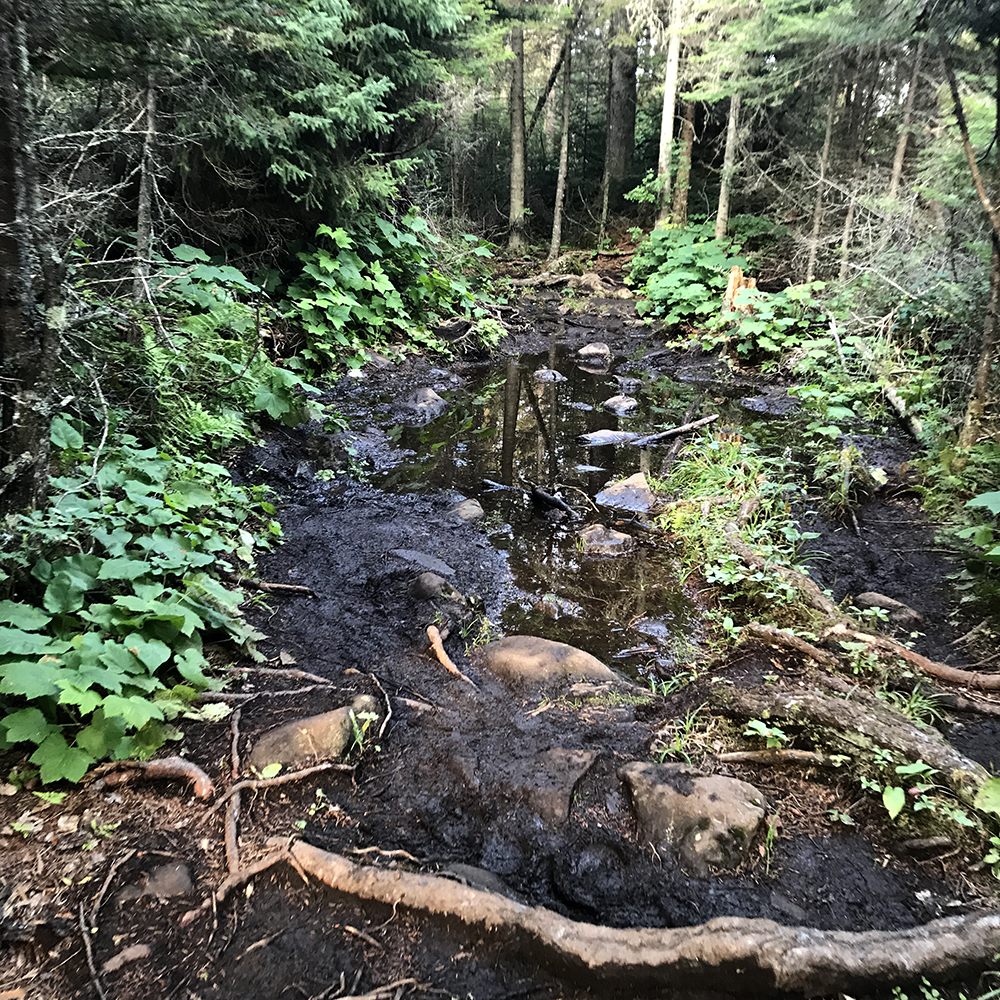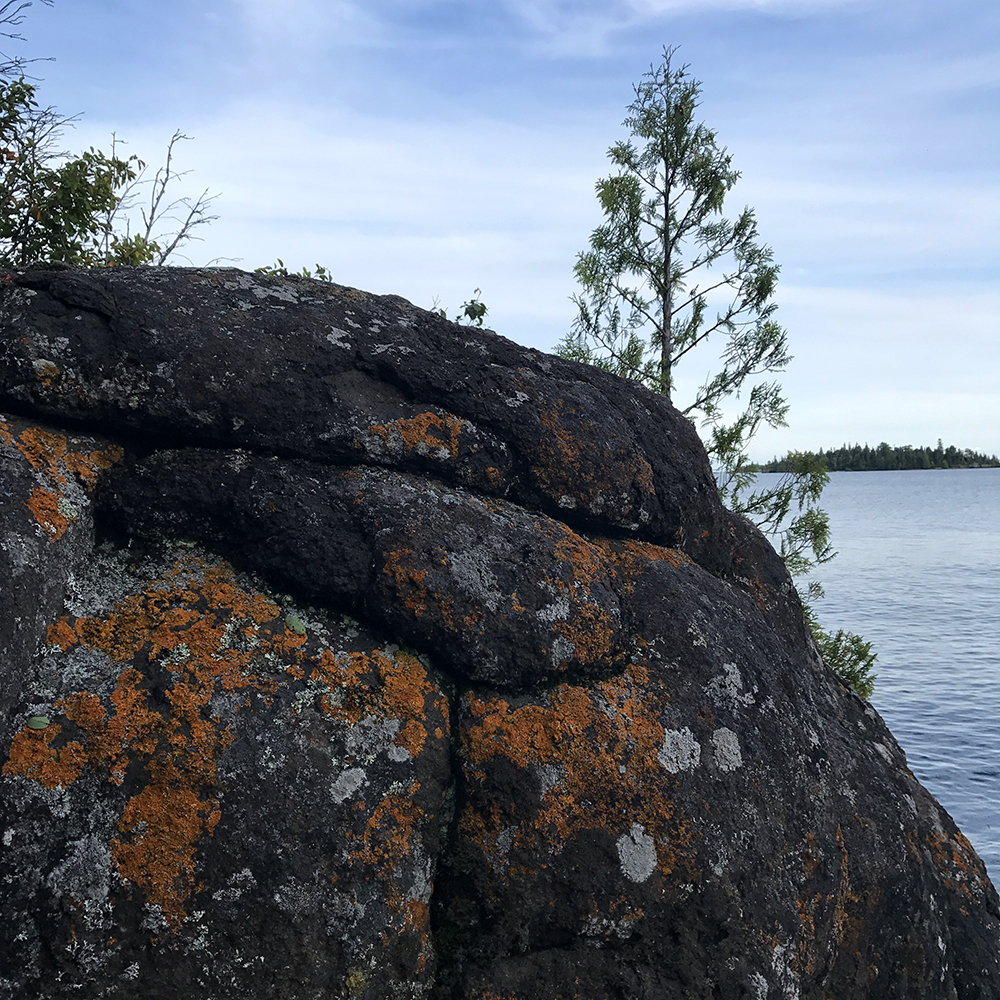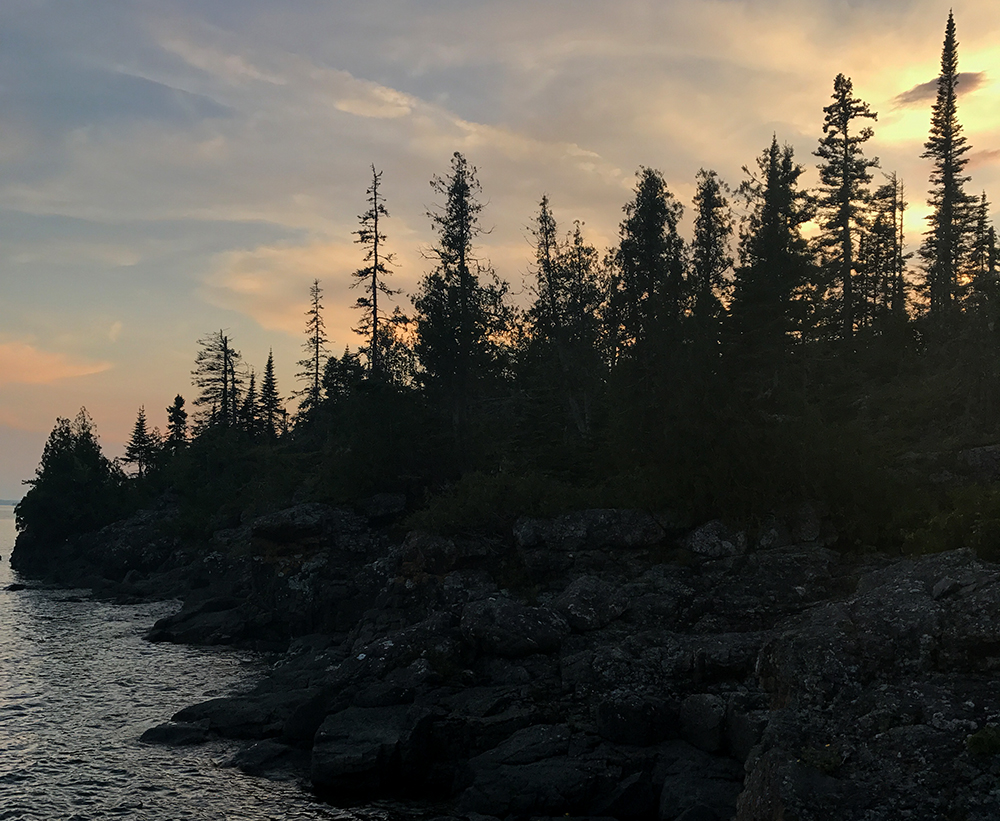Michigan’s Isle Royale National Park offers a true wilderness experience for those who journey to its distant shores. There are few services, few luxuries and few people… very few people. In fact, moose outnumber people on the island by at least three to one…
Guide to Isle Royale
Isle Royale National Park
Isle Royale is about as remote as a park can be in the lower 48. Its isolated shores seem a world away from the hectic pace of life left behind on the mainland. Heck, even the laid back nature of rural communities of northern Minnesota and Michigan’s Upper Peninsula seems slightly obscene when observed while watching fish jump from a tranquil lakeside dock at Daisy Farm or MacCargo Cove.
Stepping off the boat, the smell of raw nature awakens nostrils dulled by a life of typical humdrums. Lake Superior’s cold clear waters lap at pilings as guests lug oversized packs onto the dock, eager to tackle whatever challenge they have planned during their visit to the least visited park in the lower 48.
Where is Isle Royale?
Isle Royale is a remote island in the northern water of Lake Superior, about 20 miles off the eastern shore of Minnesota and about 60 miles north of Michigan’s upper peninsula. Visiting the park requires some planning. Most arrive on the island via a ferry while some elect to travel by seaplane, or by private boat if one is fortunate to have access to such luxury.
Given the complexities involved with getting to and from this unique park, it only makes sense to kick off those shoes and stay awhile… and most do. The average visit to Isle Royale is 4 days, compared to 4 hours in many mainland parks. There are endless opportunities for adventure and exploration on this isolated archipelago of more than 400 islands situated in the cold northern waters of Lake Superior.
Exploring Isle Royale
Isle Royale is only 45 miles long, about 10 miles wide, yet the park holds over 570,000 acres of lush north woods forest. Its rocky coastline is jagged and rugged, much like the island itself.
Guests arrive at either Windigo on the western side of the Isle, or Rock Harbor on the park’s southeastern shore. Ferry services to the island depart from three separate locations. Guests coming from Minnesota depart Grand Portage and arrive in Windigo, while those traveling from Michigan can board ferries in either Copper Harbor or Houghton that provide transport to Rock Harbor.
Rock Harbor
Rock Harbor, situated on the island’s southeastern shore, is the park’s hub of human activity. Most visitors arrive and depart from this small island outpost, and many simply choose to stay right here. With the number of amenities found here, it’s no wonder.
This is home to the Rock Harbor Visitor Center, the Rock Harbor Lodge, as well as a couple of dining options and small general store that provides the bare necessities such as bug spray and beer.
The Rock Harbor Campground offers a great option for accommodation, and its 9 shelters can make you feel right at home, although there is a one night limit in the shelters in order to provide space for the continual rotation of backpackers on the island.
Plenty of guests find their way into a canoe while hanging out in Rock Harbor, and numerous hiking options are available too, including the scenic trail eastward to Scoville Point. To the west, the Greenstone Ridge trail beckons backpackers to enter the park’s wild side and leads adventurous souls to Windigo, some 40 miles to the west.
See the visiting page for more info on staying in Rock Harbor, and you’ll want to hit up the activities page for a complete run down on the hiking, paddling, fishing and diving options on the park’s eastern side.

Windigo
Windigo welcomes visitors to the island’s western side and enjoys an even more ruggedly remote feel than Rock Harbor. This island outpost has a general store and a visitor center, although the store provides much less than its counterpart in Rock Harbor.
The Windigo Visitor Center is a logical first stop, and if you’re entering the island here, this is where you’ll acquire your backcountry permit. A number of exhibits here detail a few of the plants and animals you may encounter on a cross-island trek.
Overnight accommodations are limited to the Windigo Camper Cabins or the Washington Harbor Campground, which has a three night limit during the summer months. Showers, laundry and potable water is available as well.

What to do in Isle Royale
With more than 165 miles of backcountry trails available, Isle Royale is a hikers dream, but be forewarned, there are no easy hikes here.
Although some moderate trails wind along the shore from Rock Harbor, most are often extremely muddy with slick roots offering minimal footpads over seemingly ever-present puddles that certainly complicate travel. Backcountry trails are often thickly vegetated and route finding may be necessary in certain areas. Rains are common and cross-island hikers will likely see some precipitation.
The park offers 36 backcountry campsites that can be accessed by foot or watercraft. Some camps have nice little shelters that have screened walls and doors. These are most welcomed after a long hike through the soggy backcountry of Isle Royale and offer refuge from the maddening swarms of mosquitoes that will certainly be stoked to see you.

Crossing the island via the Greenstone Ridge trail is a popular itinerary for adventure-bound backcountry enthusiasts and gives those who finish a rewarding sense of accomplishment. While the distance of 43 miles may not seem significant to distance hikers, the true wilderness setting, primitive trail conditions and the remote seclusion involved in this trek lend such passage more prestige than the average trek of similar distance.
Those who enjoy canoeing and kayaking will find ample opportunities as well. Many bring such watercraft over on the ferry (fee) and set out to circumvent the island or arrange different itineraries depending on how long they wish to be out. See the visiting page to check out the schedules of the ferries that can aide in such an outing. Canoe rentals are available at the marinas in both Windigo and Rock Harbor.

Fishing is excellent on Isle Royale too. With most of the inland lakes not seeing many hooks, waters remain teaming with walleye, perch, northern pike and brook trout. Familiarize yourself with the regulations before arrival as the park requires barbless hooks and some forms of bait and certain practices may be forbidden.
Wildlife viewing is exciting here, and any backcountry travel will likely provide views of moose, sightings of numerous species of birds and the spellbinding calls of loons on distant inland lakes.
Park Junkie Verdict
Isle Royale National Park offers a true wilderness experience in a rugged land that has been relatively untouched by time and minimally impacted by human presence due its isolation and the brutal nature of life on the island.
Both of my weeklong trips to Isle Royale have been extremely rewarding. My first visit included a cross island trek on the Greenstone, during which it rained continually for 2 days. I really appreciated those shelters in the campgrounds. All said, it was still a great time, despite the struggle involved in slogging along in the rain, and I left the island with a satisfied smile.

On my second visit, during which I once again crossed the island, this time via the Minong Ridge. The sun shined each day and the weather could not have been better. I ended my trip thankful that I had returned to the island after the less-than-perfect conditions experienced during my first visit.
Isle Royale is a spectacular park and cannot be accurately compared to other parks. The island’s isolation has provided a unique environment, and the solitude found on the park’s remote trails is often just what the doctor ordered.
See the Isle Royale Visiting page to plan your trip to Isle Royale…. you’ll either fall in love, or you’ll never go back!
See ya there….
Guide to Isle Royale
Relevant Links
National Park Guides

All content found on Park Junkie is meant solely for entertainment purposes and is the copyrighted property of Park Junkie Productions. Unauthorized reproduction is prohibited without the express written consent of Park Junkie Productions.
YOU CAN DIE. Activities pursued within National Park boundaries hold inherent dangers. You are solely responsible for your safety in the outdoors. Park Junkie accepts no responsibility for actions that result in inconveniences, injury or death.
This site is not affiliated with the National Park Service, or any particular park.
